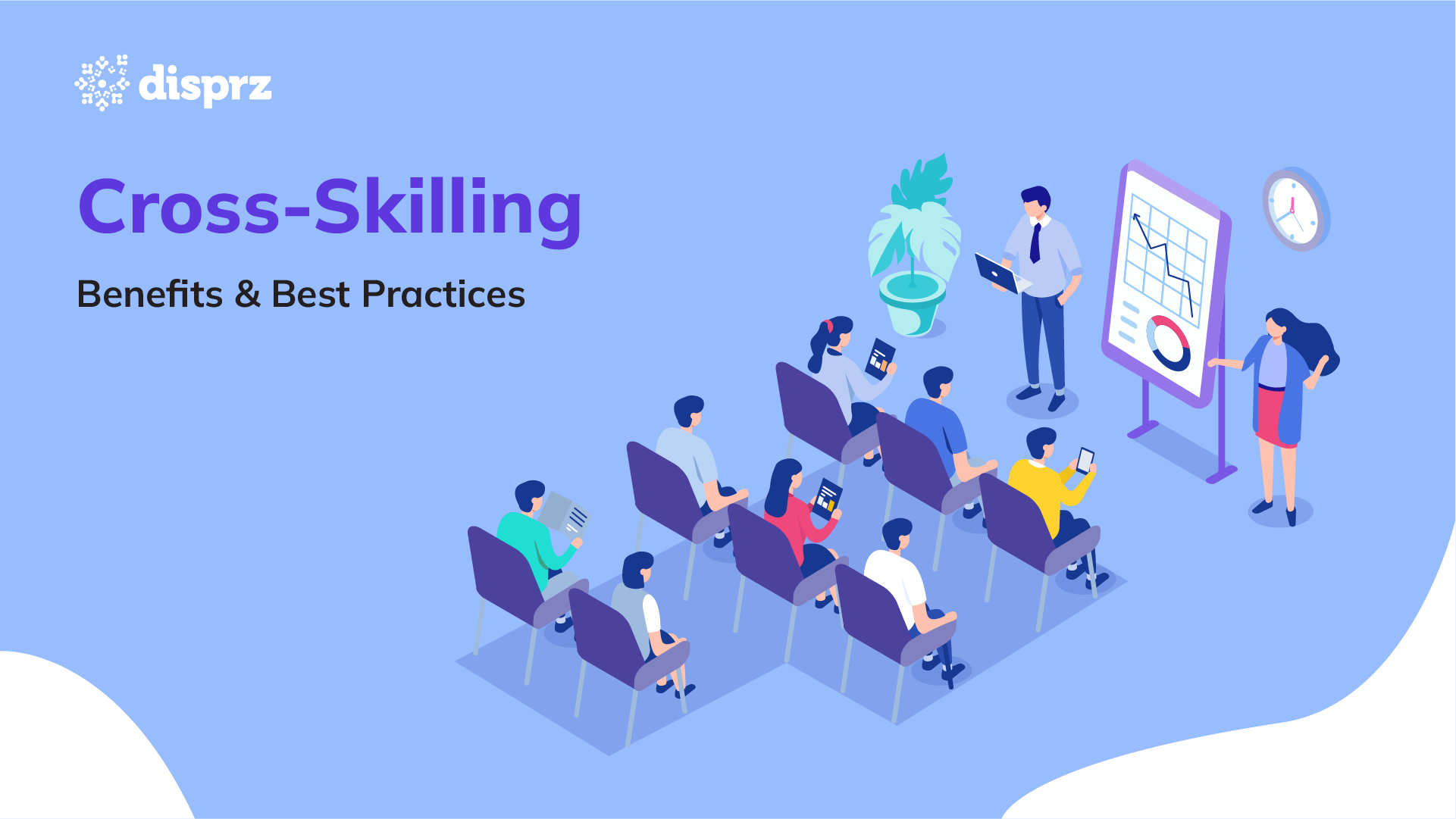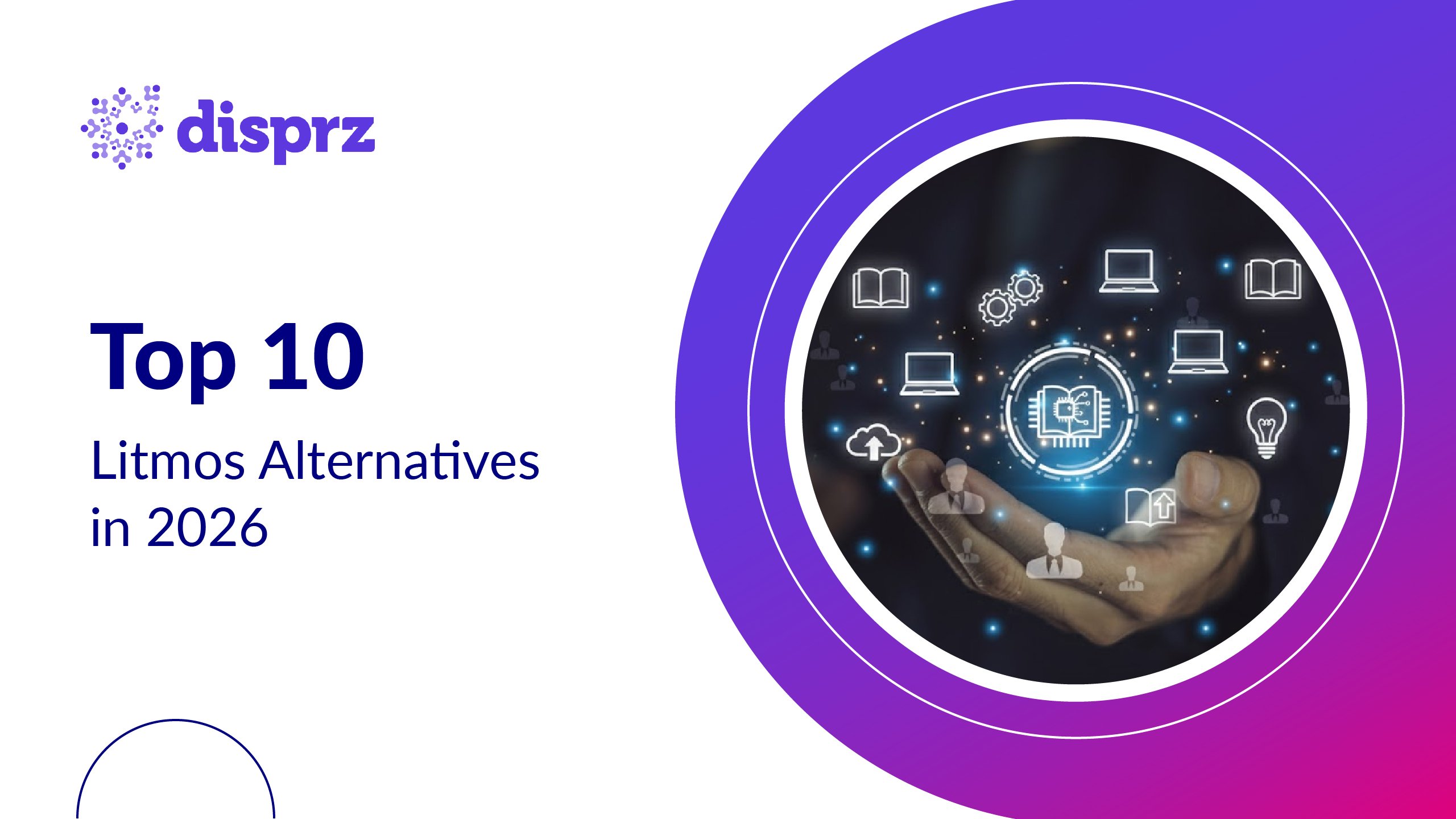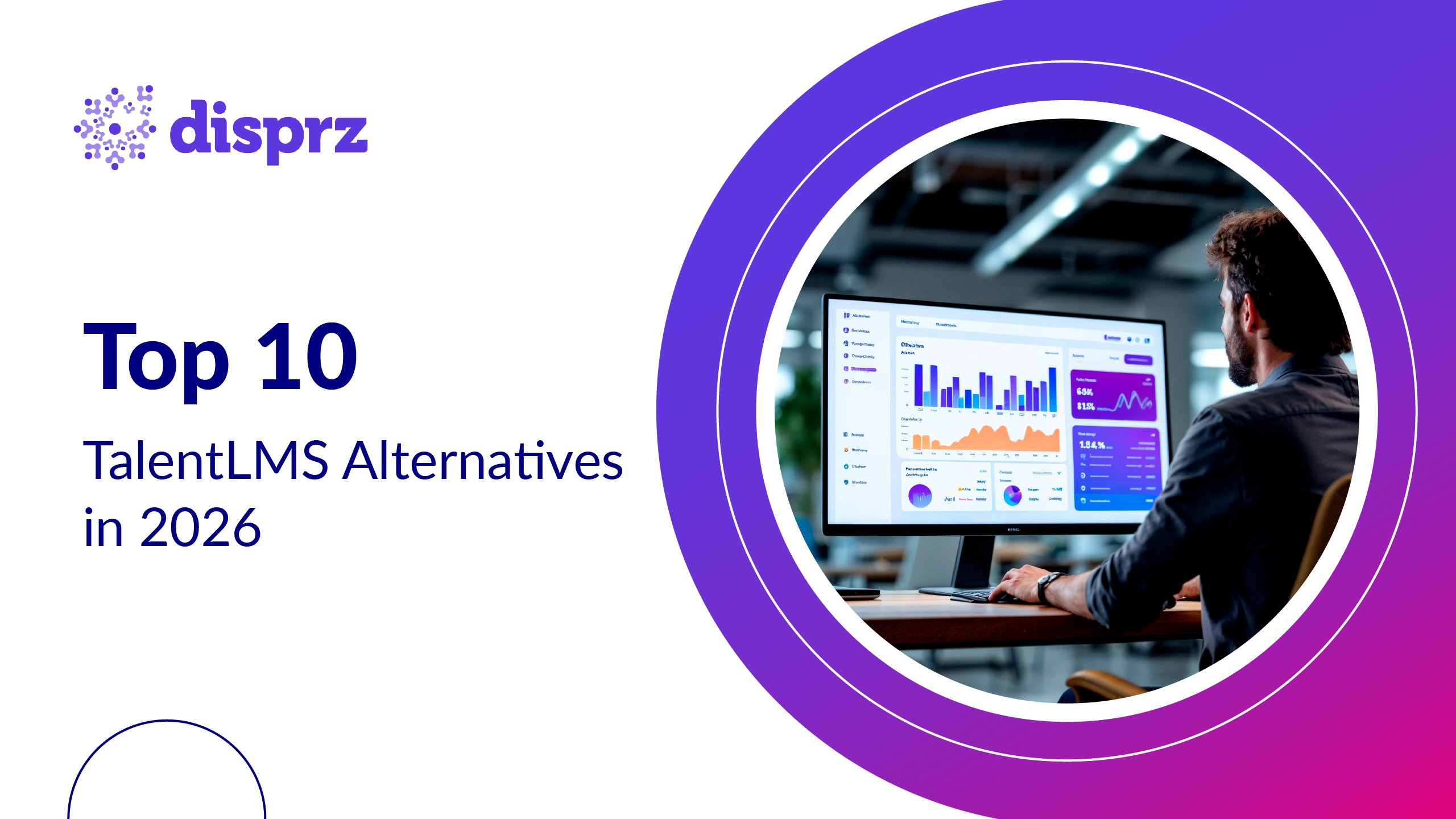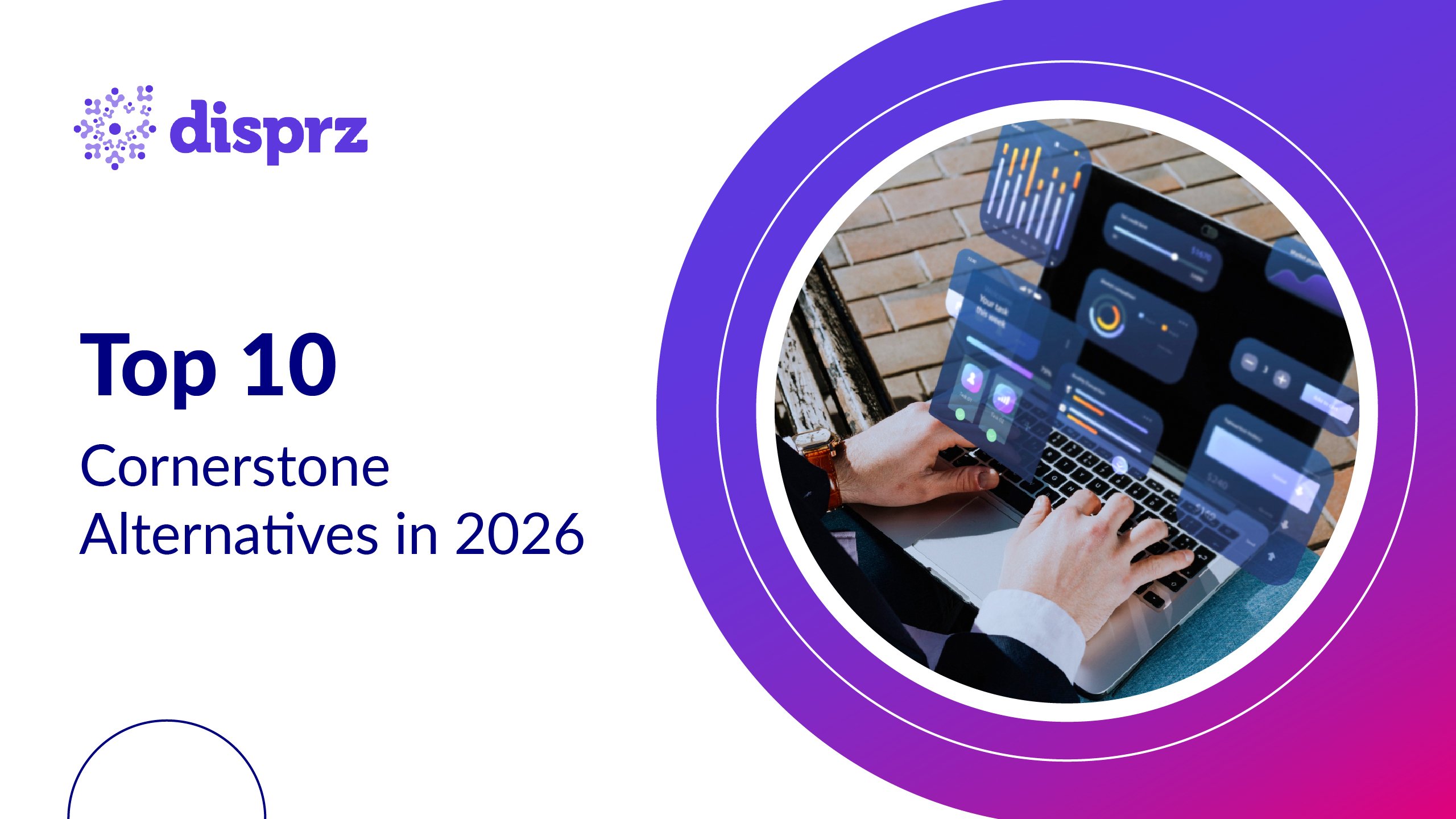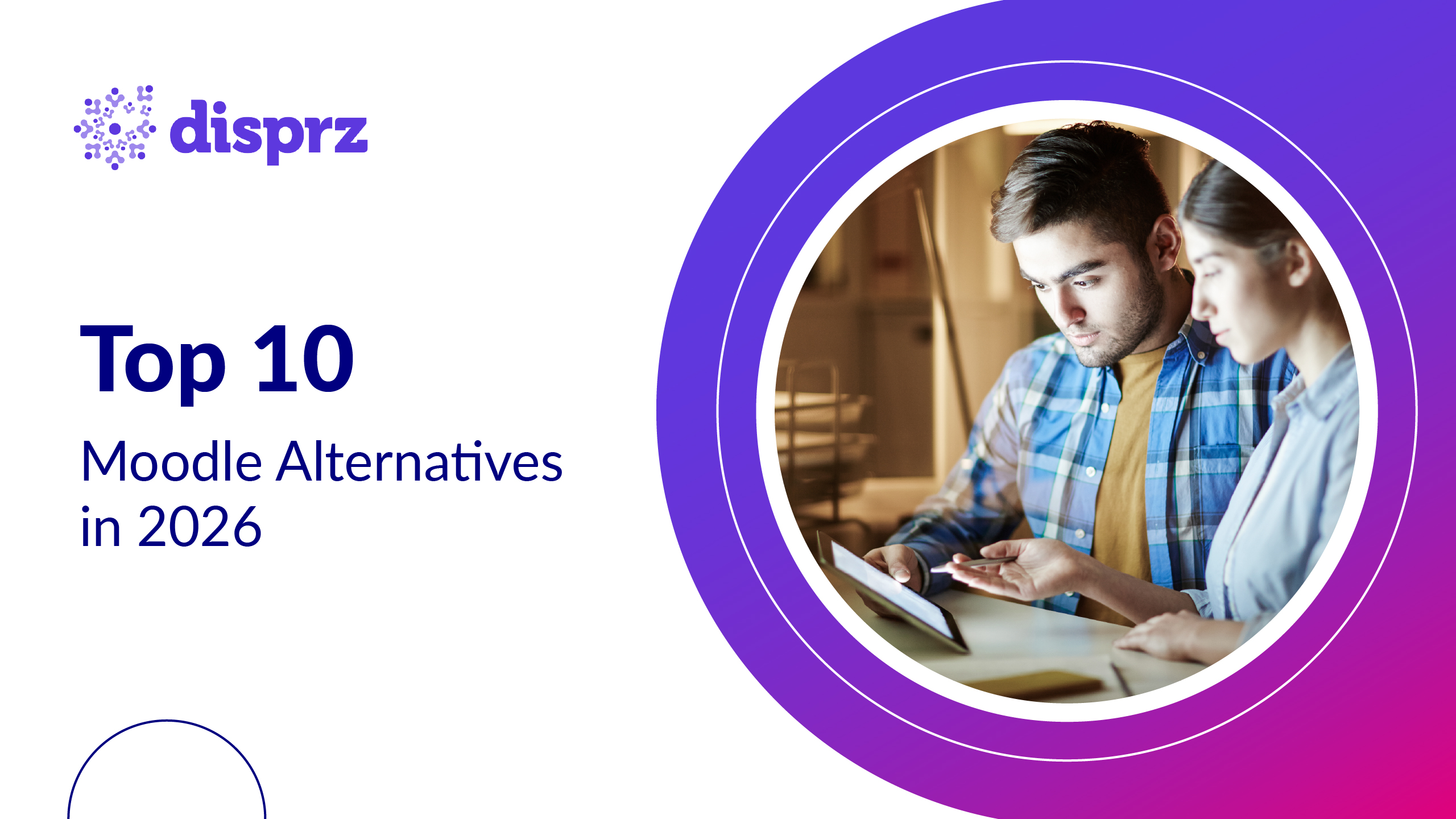The American workforce is quitting at an exponential pace. To add fuel to the fire, quiet quitting has become a rising challenge in the workspace. In fact, studies show that 50% of U.S. workers are “quiet quitters” who have chosen to stop going above and beyond in the workplace.
Are you wondering how to retain your best talent amidst current and upcoming employee retention challenges? Cross-skilling is the solution.
What is Cross-Training for Employees?
Cross-skilling or cross-training, popularly known as worker multifunctionality, focuses on training employees in new skills to manage multiple responsibilities beyond their current roles efficiently.
Rather than being confined to one area, cross-training gives employees the flexibility to learn and perform tasks outside their niche of expertise. This enables your workforce to stay relevant in a volatile market. Moreover, with the right strategies, employees can easily move to different roles within the organization, further increasing mobility and retention.
Cross Training Example
A social media executive can expand their skills by learning additional digital marketing skills, like SEO. This new skill enables the employee to improve cross-functional productivity and performance for the organization’s digital presence.
6 Benefits of Cross-Skilling
The are several benefits of investing in cross-skilling for your employees.
These benefits include,
-
Reduce employee turnover
-
Increase opportunities for employees to expand their capabilities and grow
-
Reduce the cost of hiring additional professionals for a specific role
-
Mitigate the risk of hindrances in various processes
-
Boost collaborative productivity
-
Create a more agile workforce to handle unforeseen circumstances and respond to changing business conditions
Several visionary companies are making positive strides toward employee cross-skilling to ensure internal progression. As we mentioned, employees feel valued when the company invests in their career growth. This propels them to stay loyal to the company for the long haul.
4 Steps to Design an Effective Cross-Training Program
Now that we know what cross-skilling is, let’s explore how to design an effective on-the-job cross-skilling program for your organization.
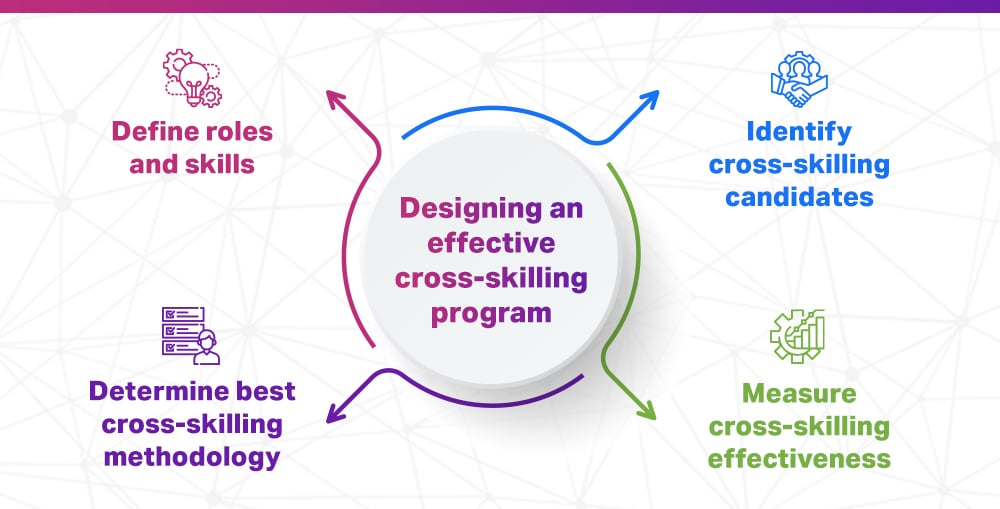
1) Define roles and benchmark skills against each role
With digital acceleration in the U.S., new roles have emerged to cater to business innovation needs. Defining these roles and outlining the responsibilities is crucial for boosting operational efficiency.
Once you define the roles by function, research, identify, and benchmark the trending skills for each role. Create a skills catalog and update it regularly as the skills are changing quickly due to continuous digital advancements.
2) Match employees to cross-skilling opportunities
Using this skill catalog you created, determine the employees in the specific business areas who will benefit by taking up new responsibilities in addition to their current roles. Have a one-to-one conversation with the employees to discover their career aspirations and help them understand how the responsibilities will contribute to their career growth.
The employee’s interest in cross-skilling is of paramount importance. An employee interested in the new role will take the initiative to develop the new skill, while an uninterested employee will look at it as an albatross around the neck.
3) Determine the best skilling method
Planning is crucial to ensure that you are headed in the right direction. So, plan the entire cross-skilling journey. Use the skill catalog as a base and design resources for each unique skill. Determine whether you will use one format or have a conglomeration of various learning formats like blogs, webinars, videos, etc., and create a blended learning pathway.
Choosing the right methodology is pivotal for making any cross-skilling initiative successful.
Below are a few methodologies for cross-training your employees
-
Instructor-led training: The L&D professionals define a learning path that learners must follow and complete in a stipulated period. They even conduct assessments to ensure the employee is fully ready and has the right skills to take up the new responsibilities.
-
Self-directed learning: The learners get the flexibility to learn at their own pace. They either research for content or access a content repository created by the L&D professionals to develop specific skills.
-
Hybrid learning: It is the perfect mix of the methods mentioned above. For instance, the employees can initially receive formal training on specific topics and then delve deep through self-directed learning to master the specific skill.
4) Measure the impact of cross-skilling programs
It’s critical to measure the effectiveness of your skilling programs. Take feedback from your employees to understand if the cross-skilling programs have helped them manage their new tasks efficiently. Then, work to further understand their learning needs. Based on the feedback, tweak your skilling programs and make them more impactful to capture the interest of your employees.
How to Overcome Cross-Training Problems?
It's critical to start your cross-training program with transparency. If necessary, address the primary issue right away and clarify that participants in your cross-training program will benefit significantly in order to avoid becoming overwhelmed.
A small group of individuals should be chosen for your cross-training initiative. Trainers should ideally be seasoned workers who are knowledgeable in the needed skill, however, learners should be assessed using the following criteria:
-
Base knowledge in a skill or task.
-
Willingness to take on extra responsibility.
-
Performance in the company as a whole.
Your HR department can assist you in the hiring process. Ultimately, ensure that generalists and experts are kept apart inside your organization so that you have access to a large talent pool. Selecting participants for a cross-training program, however, does not mean eliminating ongoing, peer-to-peer learning within the organization; rather, all staff members benefit from this type of collaborative learning, even if it isn't formally institutionalized during a designated cross-training program.
Ultimately, to stay competitive, it helps you and your staff to at least grasp a variety of industry characteristics. Also, sharing knowledge benefits your organization in the long run.
How Does a Learning Platform Boost Cross-Skilling at the Workplace in 2025?
The right technology plays a significant role in making a new strategy successful in the organization. Cutting-edge L&D technology, like Disprz, can be your helping hand in cross-skilling your employees. An end-to-end learning platform enables enterprises to unlock the potential of employees.
By leveraging a learning platform for cross-skilling, you can give employees the flexibility to explore skills that interest them, all while driving learning initiatives that seamlessly blend with your employee’s flow of work. AI-powered learning platforms also provide personalized and intelligent learning recommendations based on an employee’s unique cross-skilling needs.
You can gauge employees’ readiness for the new roles through self or manager skill assessment. Based on their proficiency level for different skills, you can then use the platform to create standard learning pathways to cross-skill your workforce. All the learning data is streamlined in one place. So you can easily track the learning progress and make real-time amendments to drive a successful program.
Cross-skilling is a great strategy to make the most of the existing talent amidst the ongoing US inflation. Give the employees reasons to stay by focusing on their growth with unwavering determination. The right technology can help you drive impactful learning programs at scale to get the best ROI and improve retention.



